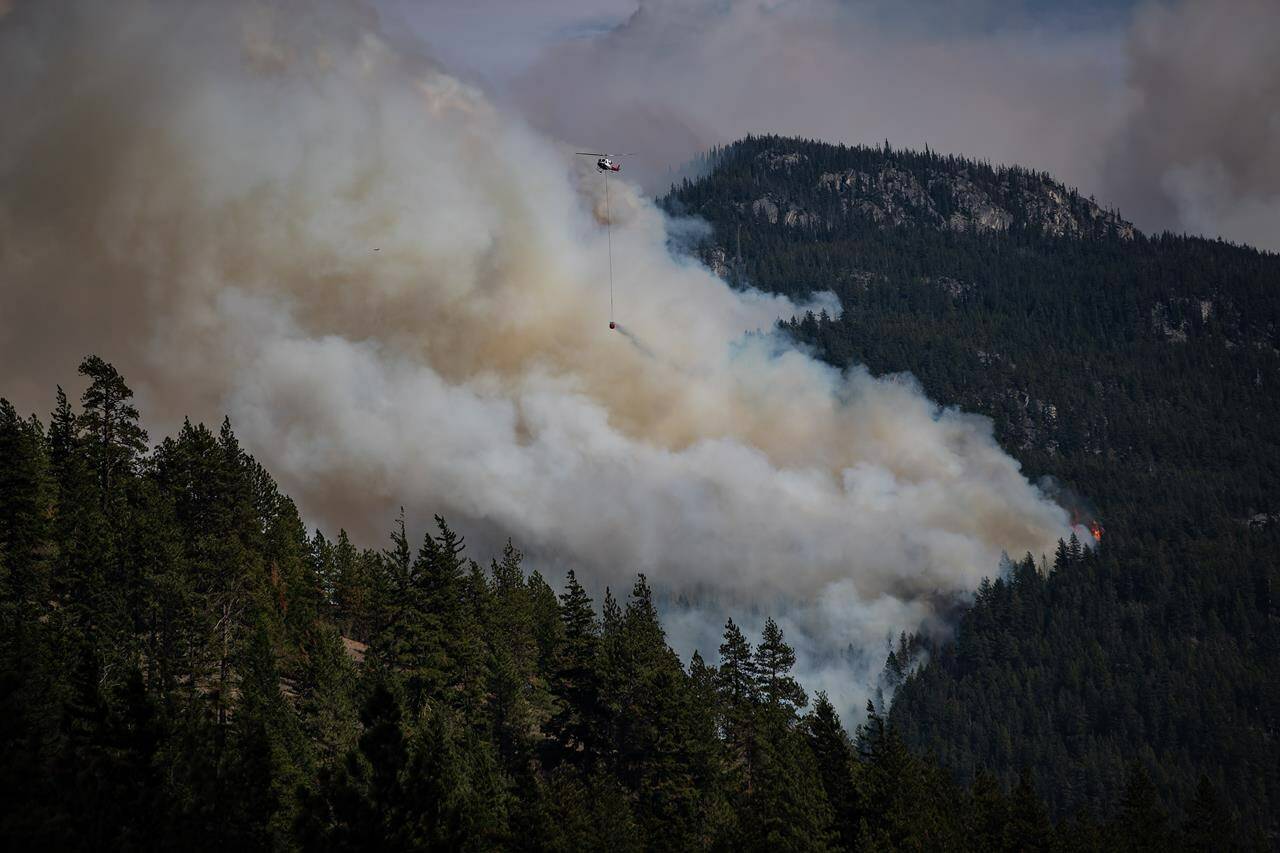A wildfire that destroyed the British Columbia village of Lytton couldn’t have been stopped, even with an area-wide emergency response, says a new report.
Published this month by the Institute for Catastrophic Loss Reduction, the report said scientists found the root cause was “easily ignitable structures and homes, and not just a wildfire problem.”
It said even the best possible fire response would have been “overwhelmed” because at least 20 buildings were fully engulfed within 80 minutes and would have required at least 60 fire trucks to contain.
The report includes 33 specific recommendations for ways to mitigate wildfire risk, while reducing exposure and vulnerabilities within so-called home ignition zones.
The suggestions include mandatory mowing of tall grass and weeds around residential areas and evacuation routes, and development changes like minimum distances between buildings. Itwould mean at least an eight-metre distance for one-storey structures and 13 metres for two-storey buildings.
The report also says flammable objects such as firewood should be separated from main buildings.
The report authors say the findings should also be used to help other communities prepare for wildfires.
“Although motivated by our objective to assist Lytton area citizens recover, rebuild and establish a more wildfire-resilient community, these recommendations are equally applicable to all existing or planned communities located in wildfire-prone landscapes, as well as to isolated homes and smaller settlements in rural, agricultural or recreational settings.”
Two people were killed in the Lytton fire and most of the community was burned to the ground on June 30 last year in the middle of a heat wave that marked the hottest day ever recorded in Canada at 49.6 C in Lytton.
—Brieanna Charlebois, The Canadian Press
RELATED: Rays of hope emerge in rebuild of Lytton months after wildfire destruction
RELATED: Not walking on sunshine: Commercial filmed in fire-ravaged Lytton sparks outrage

